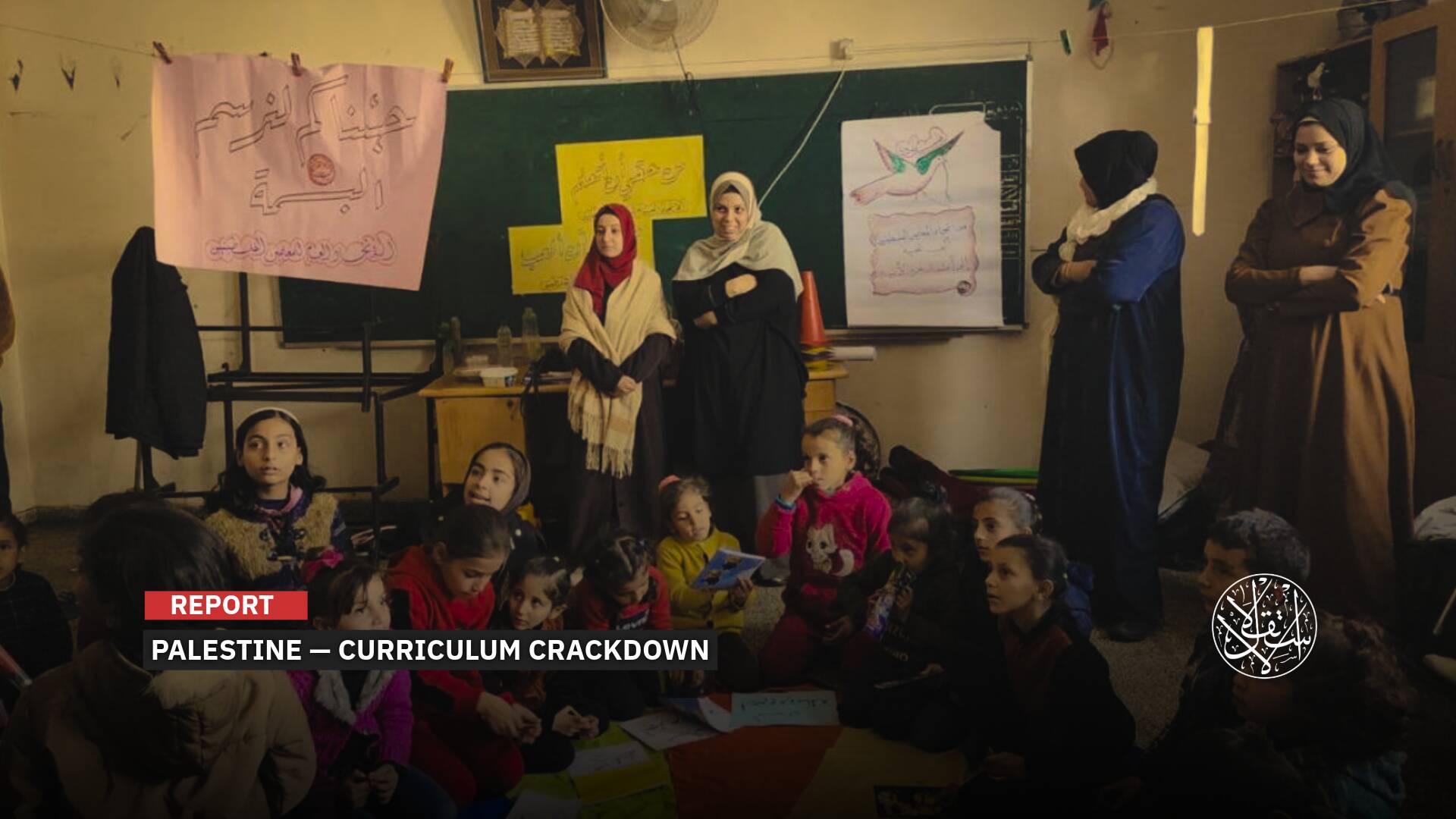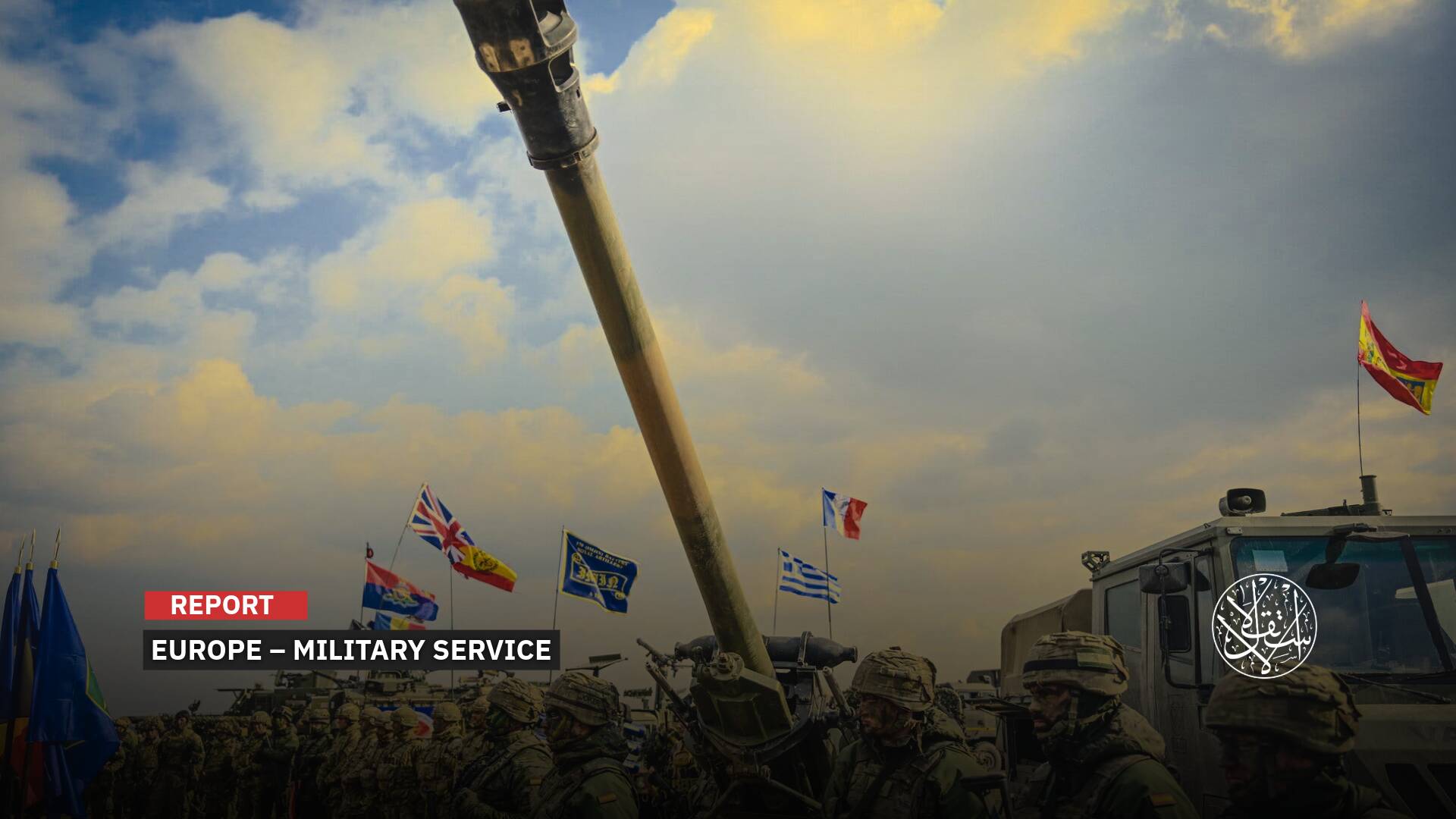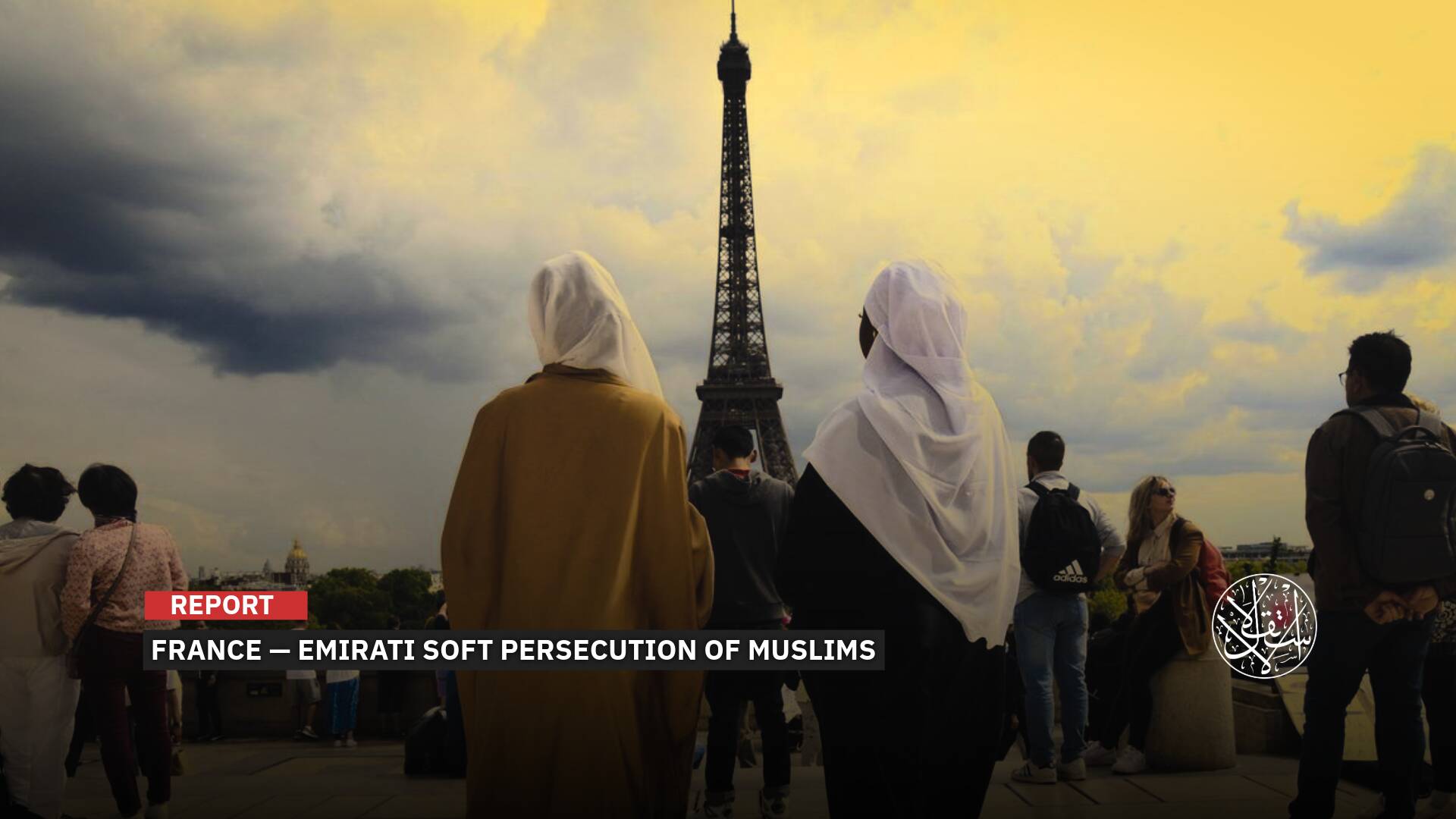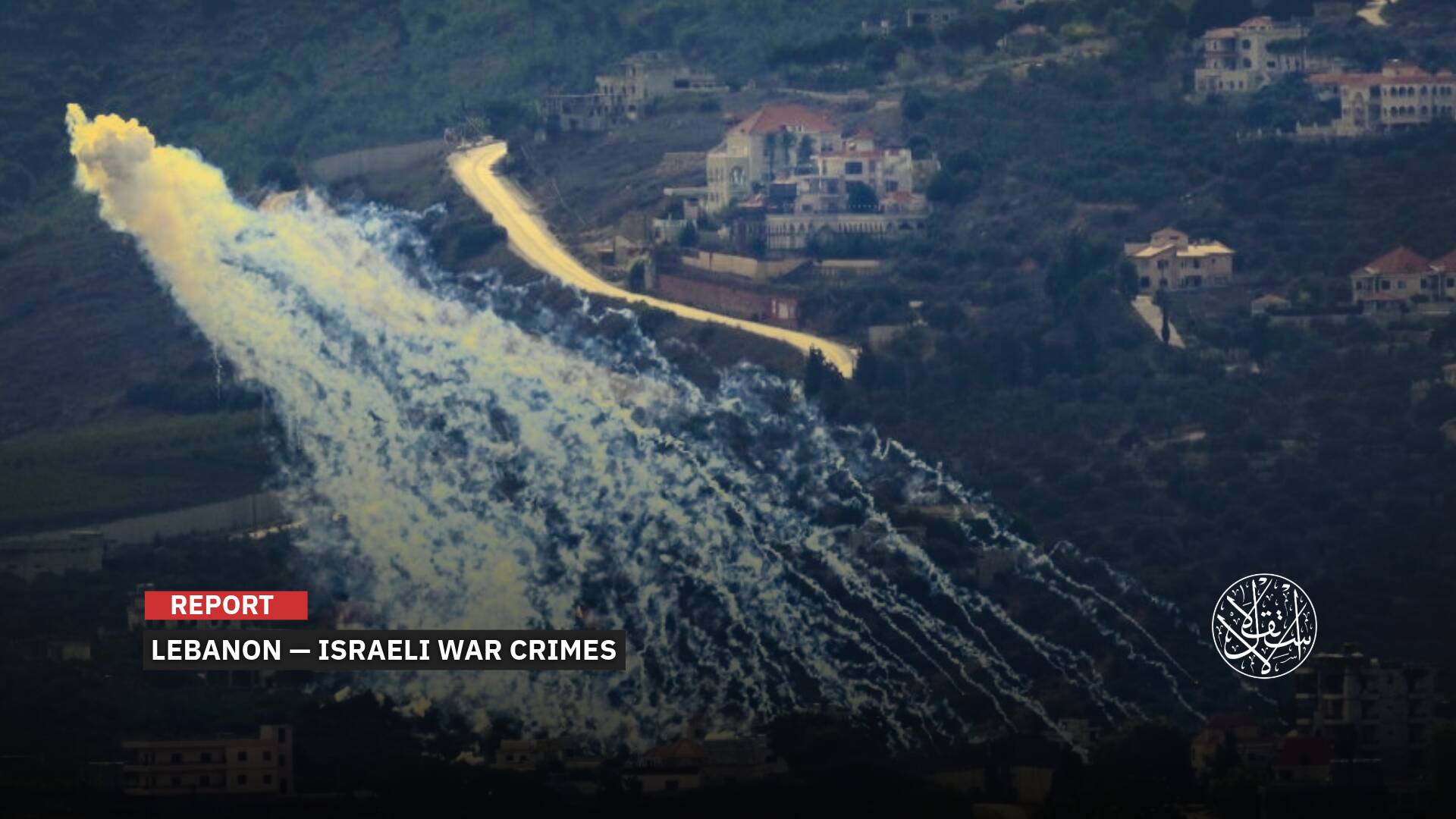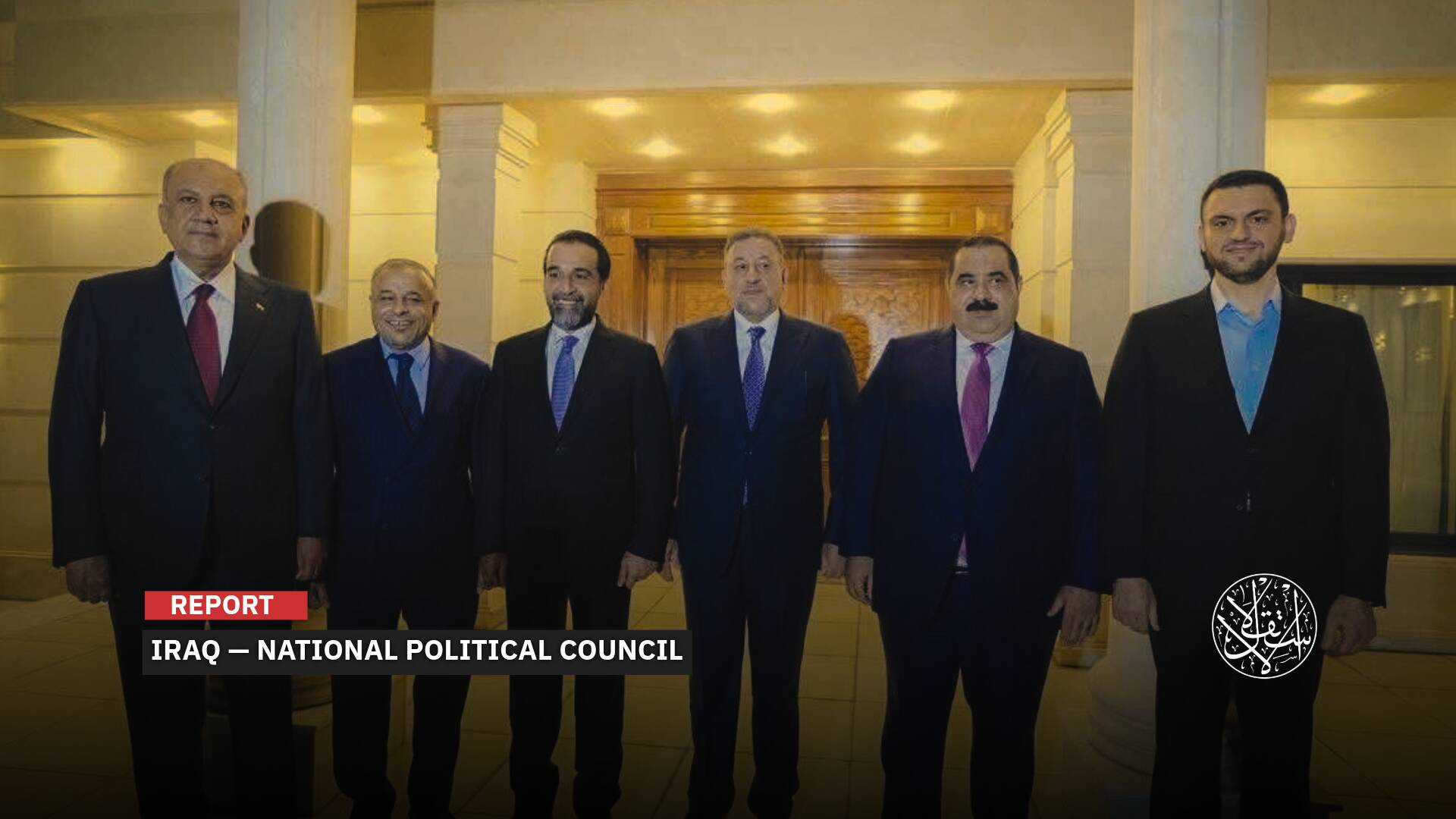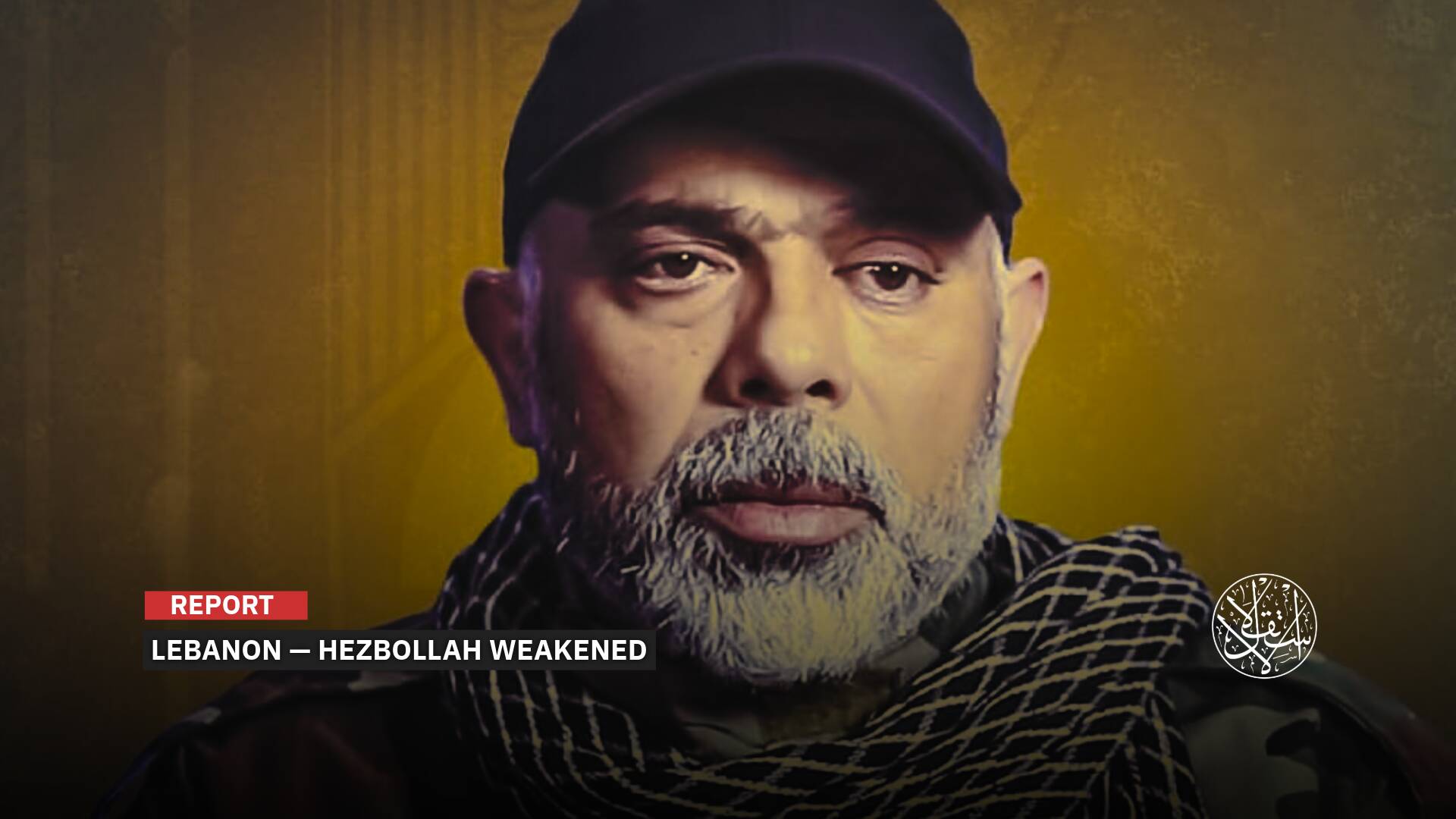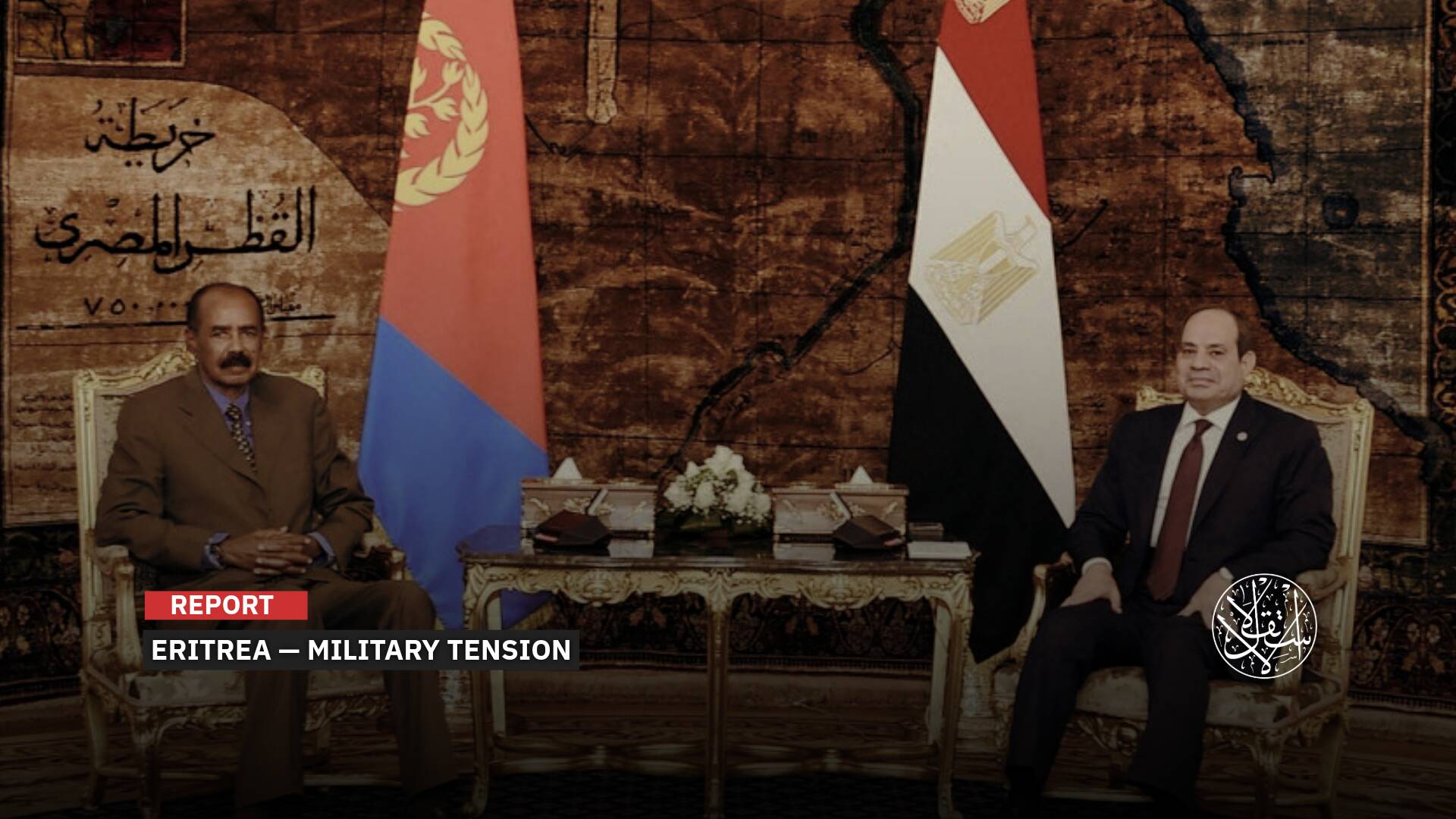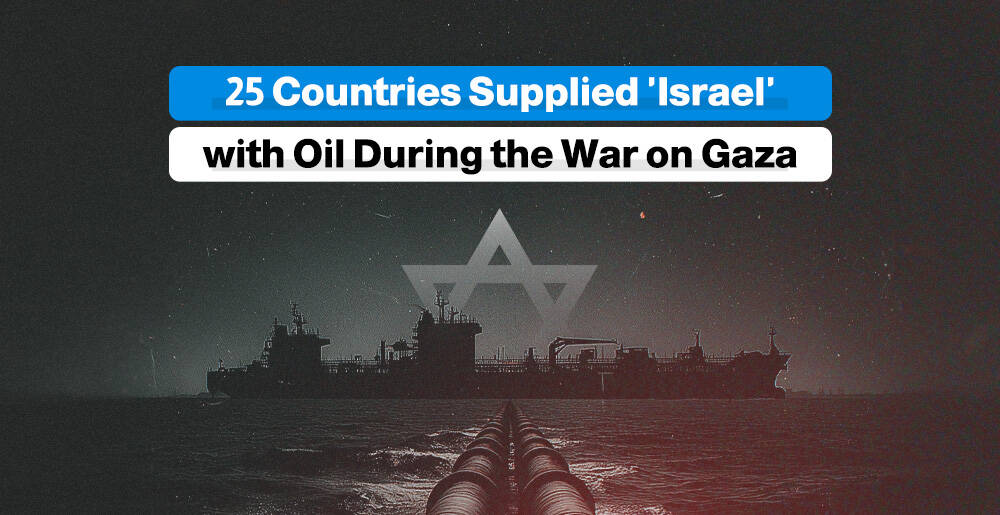From Collapse to Reform: Syria’s Push for a Professional Army
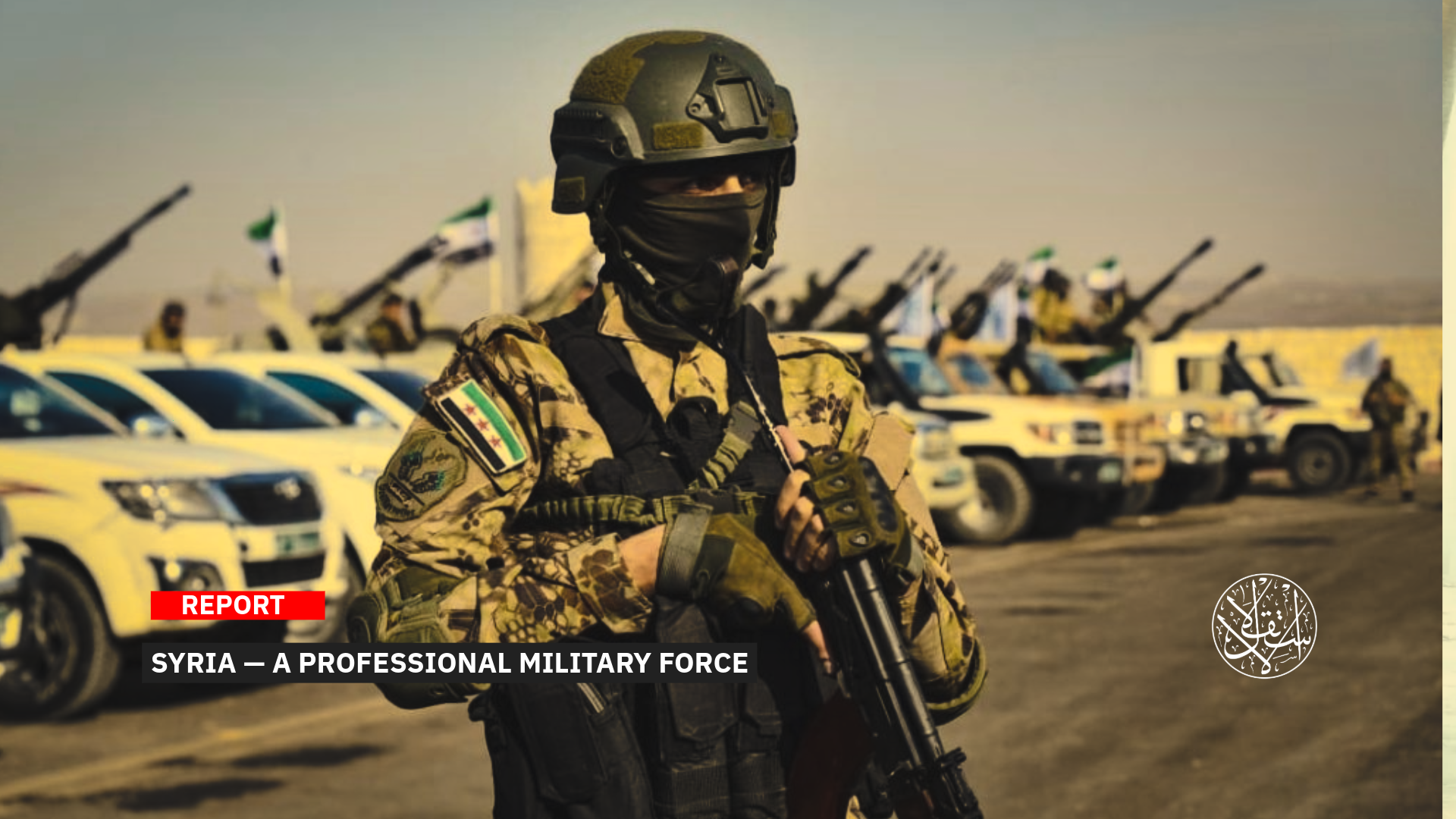
"A professional army must be built on a clear legal and constitutional framework."
To meet current challenges and support Syria’s democratic transition, the Ministry of Defense is ramping up efforts to build a modern national army.
The fall of Bashar al-Assad’s regime on December 8, 2024, marked a turning point in the military’s transformation—from an institution built to protect the ruling family to one that serves the people. Since 1971, both Hafez and Bashar al-Assad used the army to suppress dissent, crush protests, and destroy cities.
A Professional Military Force
Immediately after Assad’s fall, the new authorities dissolved the old army and security services, abolished compulsory military service, and committed to forming a new professional force, primarily made up of opposition fighters and fresh volunteers.
In a recent initiative, the Ministry of Defense called on young Syrians to join in building the new national army, describing the effort as both “an honor and a national responsibility.”
On June 28, 2025, the ministry affirmed that the restructured army would be fairer, more professional, and that the role of youth would be essential to shaping a secure and stable Syria.
Defense Minister Murhaf Abu Qusra announced in February 2025 that opposition faction leaders would be required to graduate from the military academy before receiving exceptional ranks in the emerging army.
“Their service records will then be reviewed by a special committee at the ministry, which will consider three criteria: graduation from the academy, years of military experience, and functional roles held,” he stated during an interview with Syrian News Channel (Alikhbaria Syria).
According to Abu Qusra, the new army leadership will be composed of two groups: defected officers from the former army—whose files are now under the ministry’s control and subject to review for promotion—and commanders of opposition factions.
The first phase of the restructuring—transferring military units (factions) to the Ministry of Defense—has already been completed.
The next phase includes several key steps: organizing the armed forces’ rank system, issuing military IDs and weapon permits, activating officers and troops under ministry command, and implementing new training programs.
Abu Qusra said these reforms are meant to improve operational readiness and shift the country from a revolutionary mindset to an institutional one: “We’re building an army with a national military doctrine to protect the people and the land.”
He has intensified field visits to the military factions now integrated into the army, working to finalize training and structural plans.
On June 18, 2025, Abu Qusra chaired a meeting with the Organization and Administration Department to review the administrative structure of the armed forces, including the issuing of IDs and gun licenses, as well as other organizational matters.
On the international front, he met with Jordan’s Chairman of the Joint Chiefs of Staff, Major General Yousef Ahmed Hunaiti, in Damascus on April 23, 2025, to discuss military and security cooperation.
He also welcomed Turkish Chief of General Staff General Metin Gurak and his delegation to Damascus on June 12, 2025, for talks on mutual defense concerns and enhancing military ties.
In January 2025, he traveled to Doha to meet with Qatar’s Minister of State for Defense Affairs, Saoud bin Abdulrahman Al Thani.
In March 2025, Abu Qusra met with Saudi Minister of Defense Khalid bin Salman in Riyadh, further deepening Syria’s regional defense engagement.
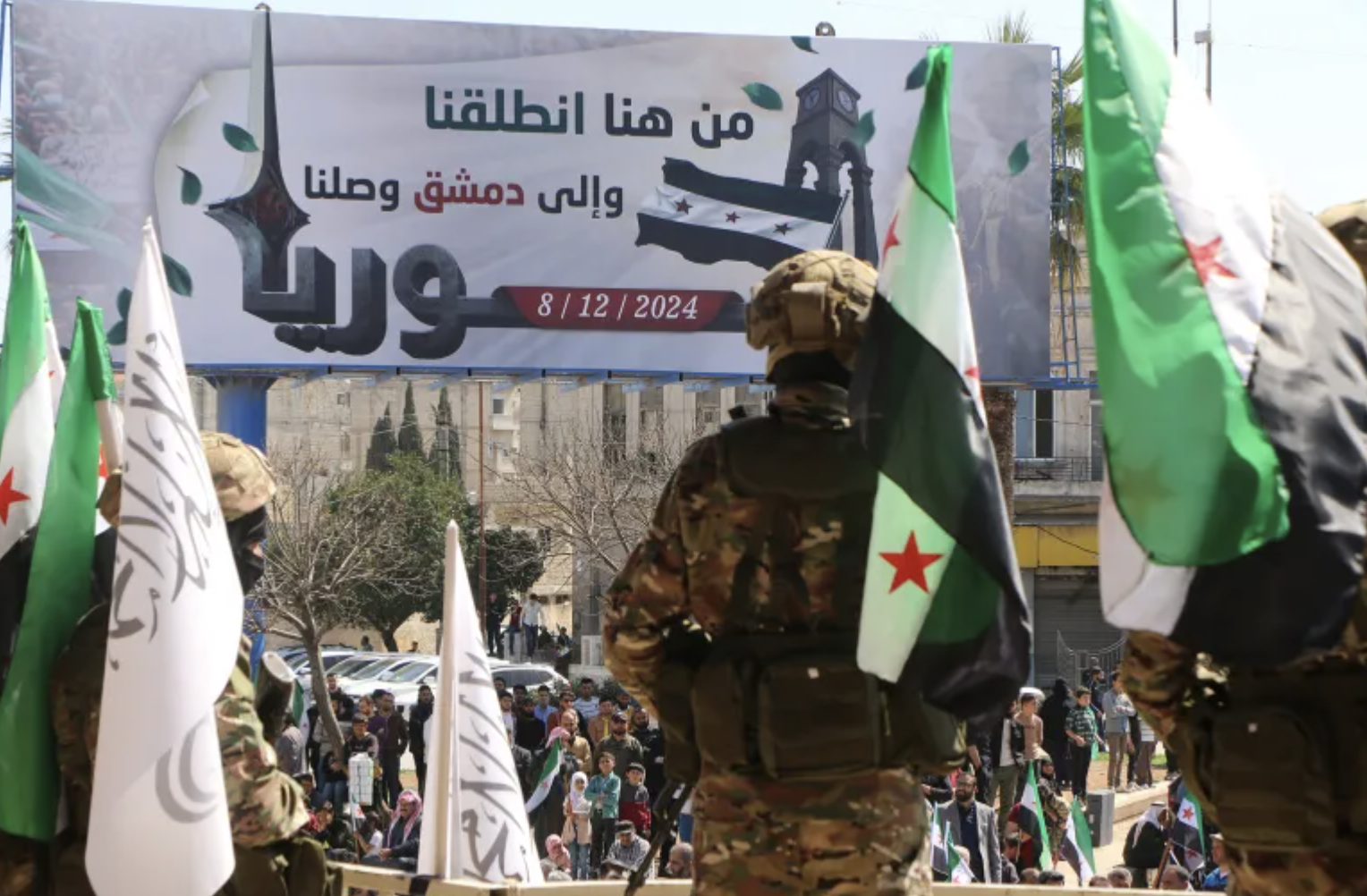
Practical Steps Toward a Professional Army
As a symbol of national sovereignty, building a modern and professional army in post-Assad Syria must rest on academic, legal, and scientific foundations, according to defense experts.
In this context, retired Brigadier General Abdullah al-Asaad, head of the Syrian Center for Strategic Studies “Rasd,” told Al-Estiklal that the Ministry of Defense can train young volunteers based on future specialization tracks. Each unit, he suggested, should be trained on specific weapons—especially advanced systems expected to be acquired through major foreign arms deals aimed at strengthening the army’s professional identity.
Al-Asaad stressed that ideological and psychological preparation is essential for rebuilding the armed forces. He called for restructuring military salaries and providing servicemen and women with dignified living conditions—measures that would boost morale and build confidence in the army’s ability to handle critical missions through a professional and scientific approach.
He also emphasized the need to invest in next-generation military capabilities, such as drones, artificial intelligence, and cyber and electronic warfare tools, to match the evolving nature of modern conflict. This includes expanding air, naval, and ground forces’ armament programs and strengthening defense cooperation with key international partners.
“Another priority is sending military personnel abroad for training missions to acquire advanced knowledge in operations, logistics, and planning—combined with building modern military facilities to raise combat readiness,” he said.
Al-Asaad also highlighted the importance of training a new class of non-commissioned officers skilled in working alongside multinational forces and UN missions, equipped with language skills and modern combat tools.
Military experts agree that Syria’s future armed forces could benefit from strategic partnerships with allied nations in restructuring and professionalizing the military, especially as the country navigates its democratic transition.
Given Syria’s ethnic and sectarian diversity, experts argue that the army must be built on inclusive, national principles that move beyond sectarian affiliations. Ensuring ethnic and political balance within the new military structure will be key to avoiding the emergence of rival loyalties and reinforcing the armed forces as a neutral institution loyal only to the nation.

Core Challenges in Rebuilding Syria’s Army
Reforming Syria’s military along professional lines depends largely on the scale and complexity of the challenges facing the country, many of which remain deeply rooted in security and territorial instability.
One of the most pressing challenges for the transitional authorities is restoring security across the country. Large swaths of northeastern Syria remain outside government control and are still held by the U.S.-backed Syrian Democratic Forces (SDF). Meanwhile, remnants of the Assad regime remain influential in the coastal areas, and sleeper cells linked to ISIS continue to operate in several regions.
Adding to this volatility is a renewed wave of Israeli Occupation airstrikes that intensified following the fall of Bashar al-Assad’s regime. These strikes have killed civilians and destroyed military positions, weapons depots, and equipment—even though the new government under President Ahmed al-Sharaa has not issued any threats against “Israel.”
On May 7, 2025, al-Sharaa confirmed that indirect talks with “Israel” were underway through intermediaries, in an effort to de-escalate. However, the Israeli Occupation, which has occupied most of the Golan Heights since 1967, took advantage of the post-Assad vacuum to seize control of the buffer zone and declared the 1974 disengagement agreement with Syria null and void.
Israeli War Minister Yisrael Katz warned in February 2025 that any attempt by the new Syrian military to expand its presence in southern Syria would be met “with fire.” He stated that the strikes in southern Syria are part of “Israel’s new disarmament strategy for the region.”
The Syrian Army, established in August 1945 under the slogan “Homeland, Honor, Loyalty,” was repurposed under Hafez al-Assad in 1971 to protect his rule, and later used by his son Bashar to crush the 2011 uprising. This history has raised fundamental questions about what a reformed army should look like.
According to Moan Tolla, Director of Research at the Omran Center for Strategic Studies, building a new Syrian military must start by clearly defining the country’s national defense priorities. “The real questions are: Who is the enemy? What weapons will the army use? And what will be the army’s doctrine?” he told Al-Estiklal.
Tolla emphasized that any effort to build a professional army must take into account three variables that emerged after Assad’s fall. “The first is historical context—Syrians viewed the old army as partisan, not national. The second is the broader regional security environment. The third is the worldview of the victorious forces currently shaping Syria’s future,” he said.
“The Ministry of Defense is currently in a transitional phase, working to integrate opposition factions into the military while filling structural gaps.”
“This isn’t easy,” he noted, “especially in a society where many still question whether the army will truly belong to all Syrians. Military service and formal training must precede any civilian integration.”
Tolla argued that creating a professional force also requires clear legal and constitutional grounding. “There must be accountability. Who controls the military budget? Who investigates misconduct? What is the structure of military justice?” he added.
According to the Russian International Affairs Council (RIAC), Assad’s military before 2011 comprised roughly 325,000 personnel, including 220,000 in ground forces. The air force had 100,000 personnel—60,000 of whom were dedicated to air defense—along with 4,000 naval troops, 8,000 border guards, and an estimated 100,000 in the Popular Army, which acted as a reserve force.
These numbers dropped by nearly two-thirds after 2011. According to a study by the Syrian research center Tawazun, the number of Assad’s forces stood at around 169,000 by 2020.
Sources
- The Ministry of Defense Calls on Syrian Youth to Help Build the New National Army [Arabic]
- Syrian Defense Minister: We Will Send Faction Leaders to Military Academy Before Promotion [Arabic]
- Al-Sharaa Announces Thousands of Volunteers Joining the New Syrian Army [Arabic]
- The Israeli Army Renewed Its Violation of Syrian Sovereignty with Airstrikes That Destroyed Weapons [Arabic]
- Factors Shaping What Lies Ahead in Idlib [Arabic]
- Evolution of the Syrian Military: Main Trends and Challenges


